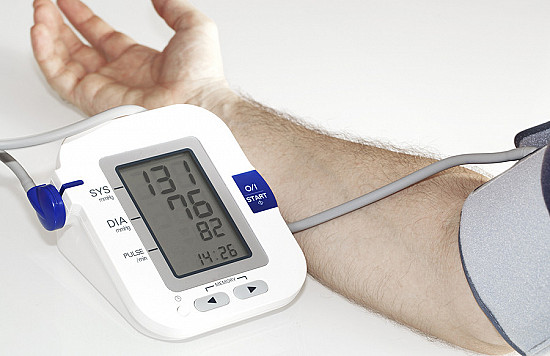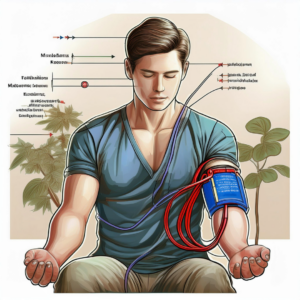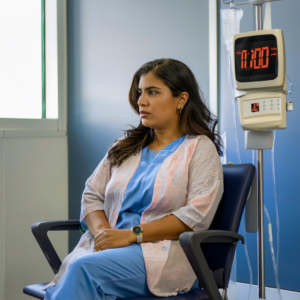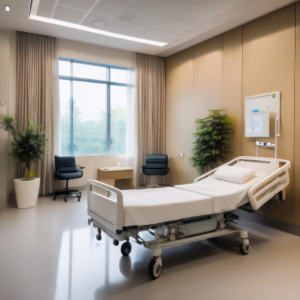
Things to Consider Before Checking Blood Pressure
Things to Consider Before Checking Blood Pressure
Blood pressure is a vital indicator of cardiovascular health, and monitoring it regularly can provide valuable insights into your overall well-being. However, for your readings to be accurate and meaningful, certain factors need to be considered before taking your blood pressure. Here’s a comprehensive guide to ensure you get the most reliable results.
1.Choose the Right Equipment
Why It Matters:
The accuracy of your blood pressure readings heavily depends on the quality and type of equipment you use. Automatic digital monitors are convenient for home use, but manual sphygmomanometers, while more complex, are also effective if you’re trained to use them.
Tip:
Ensure your device is calibrated regularly and check for any signs of wear and tear.
2. Relax and Rest Before Measurement
Why It Matters:
Physical activity, stress, or even rushing to take a reading can elevate your blood pressure temporarily. To get an accurate measurement, it’s essential to relax and rest for at least 5-10 minutes before taking your reading.
Tip:
Sit quietly in a comfortable chair and take deep breaths to help stabilize your blood pressure.
3. Maintain Proper Posture
Why It Matters:
Correct posture is crucial for accurate blood pressure readings. Sit upright with your back supported, feet flat on the floor, and your arm at heart level. Improper posture can affect the accuracy of your readings.
Tip:
Avoid slouching or crossing your legs, and ensure your arm is supported and relaxed.

4. Avoid Eating, Drinking, or Smoking
Why It Matters:
Consuming food, caffeine, or nicotine can affect your blood pressure. It’s recommended to avoid eating, drinking caffeinated beverages, or smoking for at least 30 minutes before checking your blood pressure.
Tip:
If you’re taking your reading after a meal, wait for at least 30 minutes to ensure accuracy.
5. Ensure a Quiet Environment
Why It Matters:
A noisy or stressful environment can lead to temporary increases in blood pressure. To achieve the most accurate reading, ensure that the room is calm and quiet.
Tip:
Choose a peaceful place free from disturbances where you can focus on the measurement.
6. Take Multiple Readings
Why It Matters:
Single readings can sometimes be misleading. For a more accurate assessment, take two or three readings at one-minute intervals and average them out.
Tip:
Record each reading to track variations and consult with your healthcare provider if you notice significant changes.

7. Record the Time and Condition
Why It Matters:
Blood pressure can fluctuate based on various factors such as time of day, stress levels, or recent activities. Keeping a log of the time and any relevant conditions around each reading can help your healthcare provider make more informed decisions.
Tip:
Use a journal or an app to track your readings along with any notes about your condition at the time.
Conclusion
Accurate blood pressure measurement is essential for effective health management. By following these simple yet important guidelines, you can ensure that your readings are reliable and useful for monitoring your cardiovascular health.
For more tips on maintaining a healthy blood pressure, watch our latest video on “Things to Consider Before Checking Blood Pressure”













